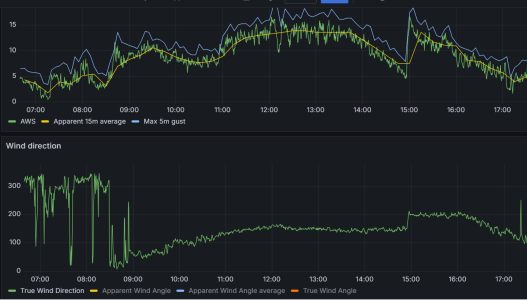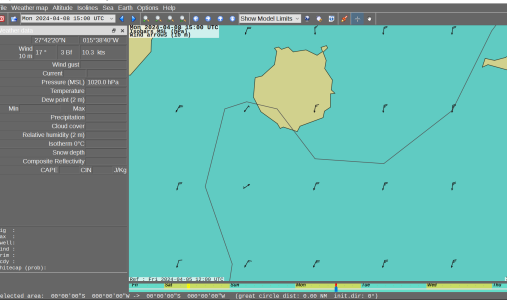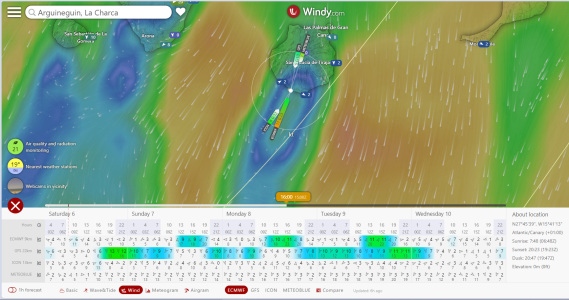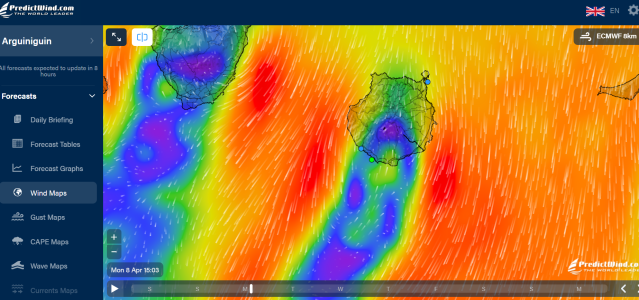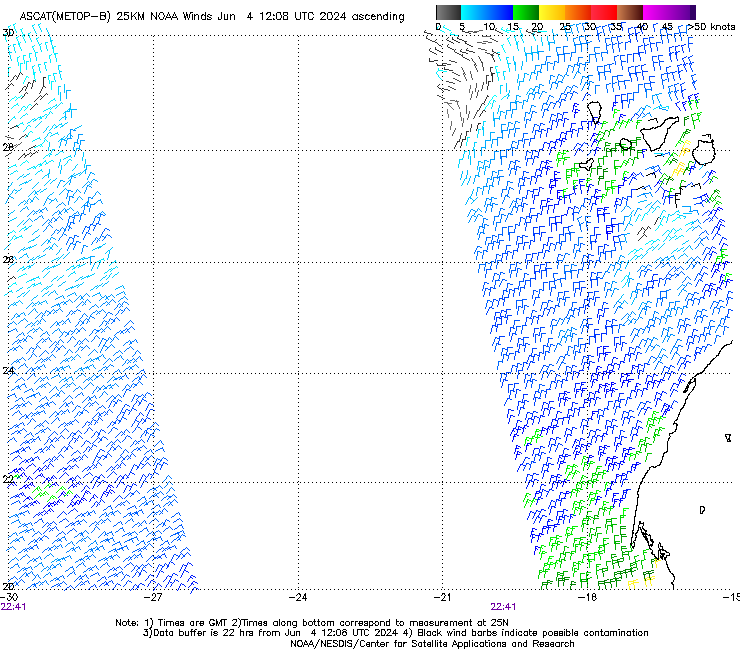franksingleton
Well-known member
I think all the models are available on various site, maybe bot as conveniently.Predict wind (paid) for the tables & range of models
As a personal choice, I prefer Ventusky as being clearer.Windy (free) for the representation of systems
Met office inshore waters
BBC weather for on land forecast

